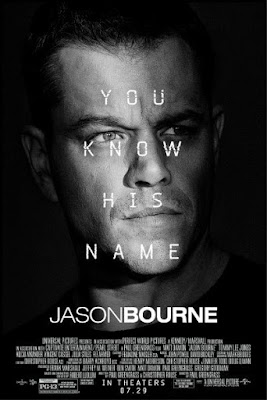Abel Gance, who took silent cinema to its limits in four astonishing films (from LA DIXIÈME SYMPHONIE/’18 to NAPOLEON/’27), never got the hang of The Talkies. Or rather, never got past The Talkies, with sound films stuck in the technical LimboLand of stiffly staged dialogue scenes interrupted by jagged arrhythmic kinetic sequences that might have come from some forgotten silent. Here that’s literally the case with the clumsy inter-cutting of wartime footage in this follow up to his post-WWI screed J’ACCUSE/’19. (Not, as often stated, a remake.) The earlier film, at once awkward & masterly, is as much love triangle as melodramatic frontline war drama. Loaded with coups de théâtre (coups de cinéma?) featuring masses of real soldiers stopping by to shoot a fictional scene before heading back to real war, real shooting, real death. Twenty years on, Gance revisits that film’s endgame battle in a 40" prologue to set up a love & war rivalry between soldiers Victor Francen & Marcel Delaître, the latter with a young daughter & conflicted wife (Line Noro). Only one man is fated to survive a final fatal push into enemy territory, but not before pledging to renounce his love. Picking up post-war, we find Francen denying his feelings for both the wife and the daughter, growing up with a major crush on him. But what can it matter when Francen is too busy to notice, working up a fantastic machine that will prevent future wars. If only his nebulous idea (Gance avoids specifics) hadn’t been weaponized by his own factory boss to use in the upcoming international conflict! It’s enough to drive a man mad . . . and does as Francen suffers enough to get a rise out of all the dead & buried soldiers of WWI. An army of Peacenik Corpses to shock the nations! Overloaded by Gance with enough poetical double-exposure effects to shame the finales of BIRTH OF A NATION/’15 and INTOLERANCE/’16 combined. Appropriate for a career that started out rivaling D. W. Griffith before curdling into the empty grandiosity of a Cecil B. De Mille manqué.
WATCH THIS, NOT THAT: Though not without its own longueurs & overreach, Gance’s 1919 J’ACCUSE (on a fine restoration from Flicker Alley/Lobster Films with a busy Robert Israel score) is overwhelming.
SCREWY THOUGHT OF THE DAY: If only Gance’s plea for peace in 1938 Europe were half as credible as the jingoistic war spirit of his masterpiece NAPOLEON.




























